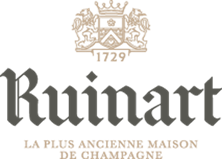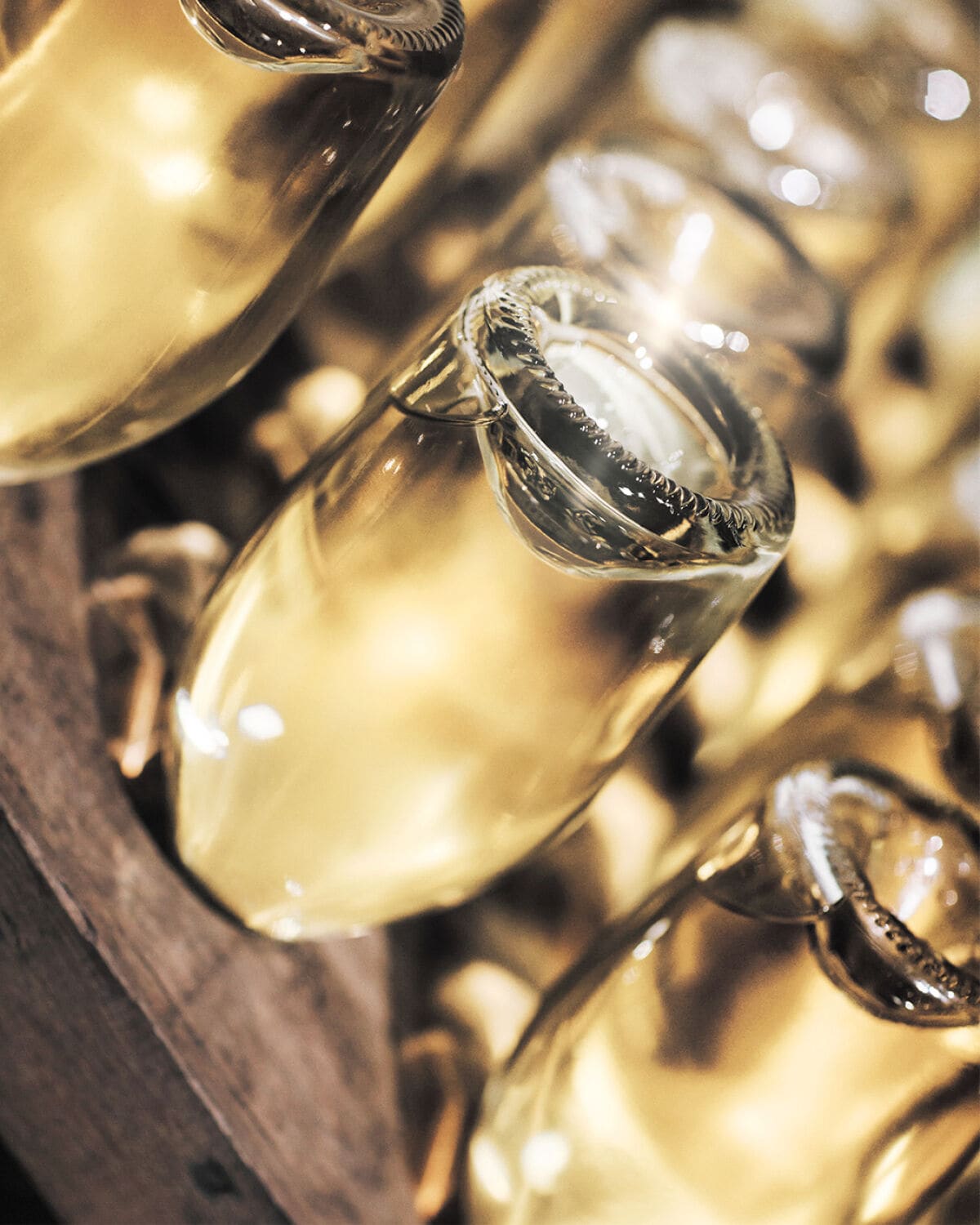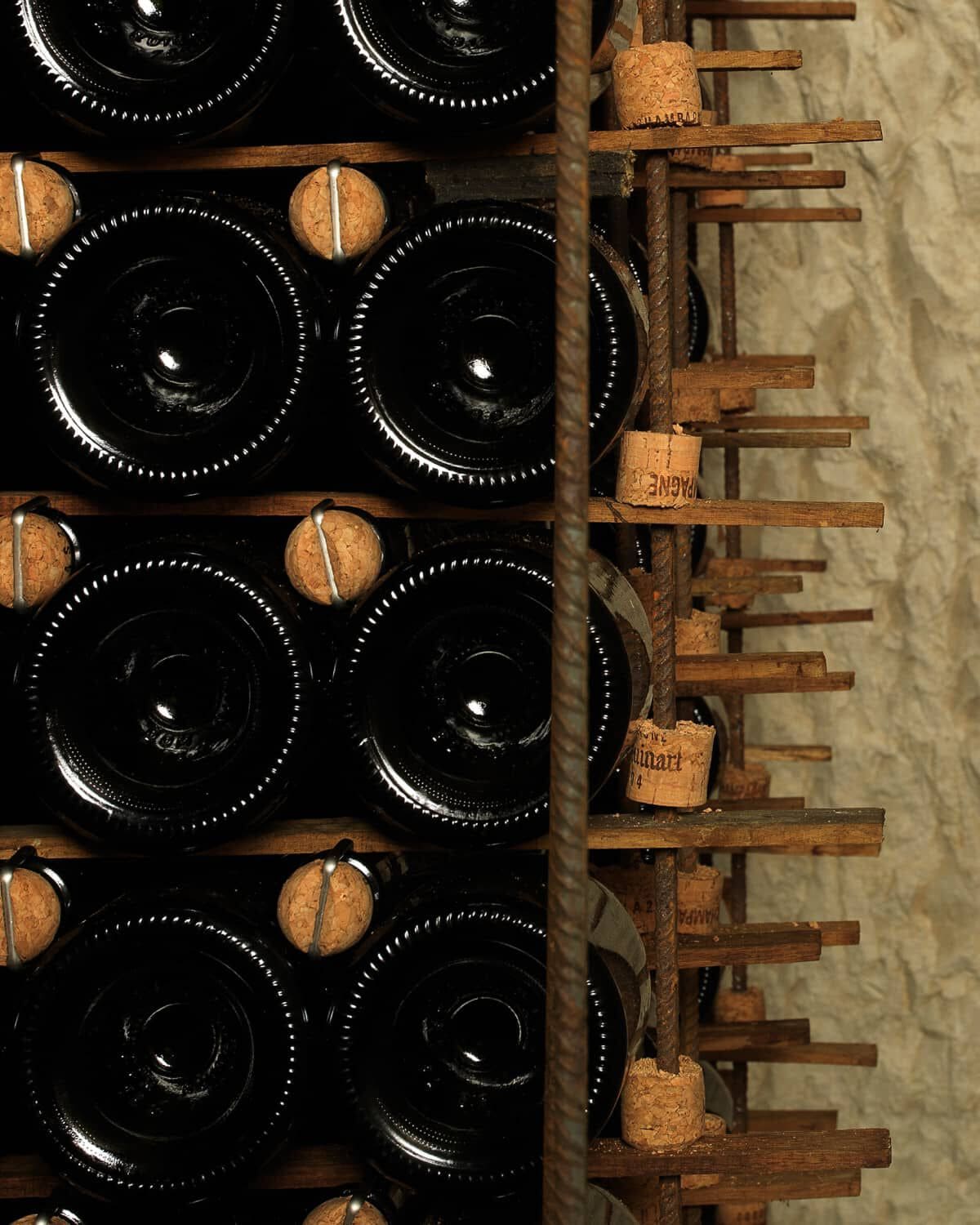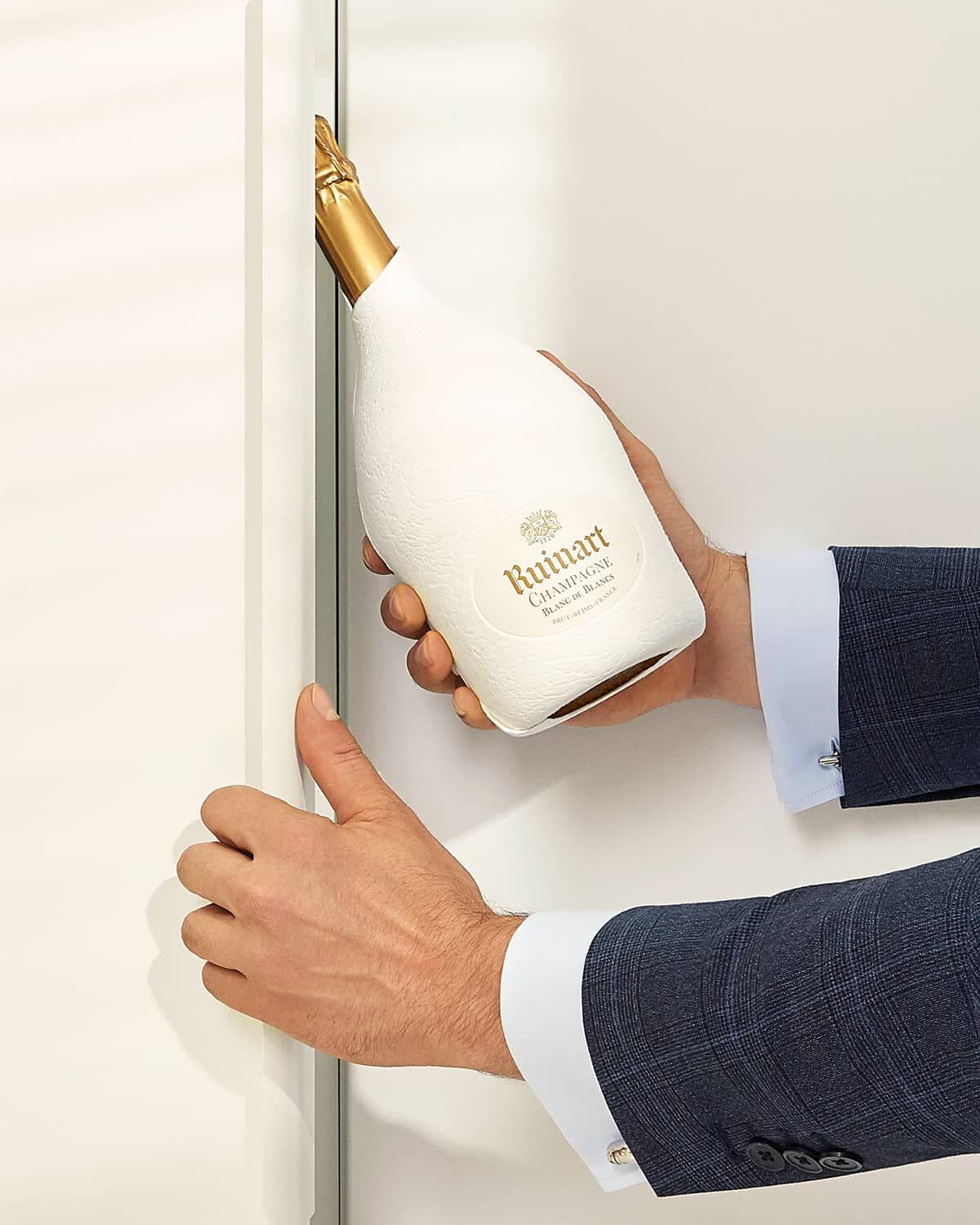
Ruinart supports the moderate consumption of wine and spirits through Moët Hennessy, a member of Wine in Moderation.
PLEASE DRINK RESPONSIBLY

Ruinart supports the moderate consumption of wine and spirits through Moët Hennessy, a member of Wine in Moderation.
PLEASE DRINK RESPONSIBLY
Champagne evolves over time. Storage conditions have a direct impact on the quality of the wine and how it develops. In addition, the blends (vintage or non-vintage) as well as the shape of the bottle determine how the champagne develops as time goes by.
As a general rule, we recommend tasting non-vintage bottles:
The cellaring time for vintage champagnes is longer. They may be opened between 7 and 10 years after purchase, or even after.
There is no benefit in keeping champagne longer than the recommended time. All the bottles of champagne that we sell have been aged in our cellars and they can be opened as soon as they are purchased. Keeping bottles longer may bring about changes in taste that are more pronounced, a darker colour and even less effervescence.
Bottles should ideally be stored lying down, in a cool place, away from draughts, noise and vibrations.
To keep them in the best conditions, it is necessary to take into account the following criteria:
Once opened, the bottle should be stored in the refrigerator and special care should be taken.
It is recommended to use an airtight cork especially designed for champagne bottles. It allows the full quality of the champagne to be preserved for up to 48 hours after the bottle has been opened and prevents the bubbles from escaping. A poorly corked bottle retains its bubbles for less than 24 hours.


